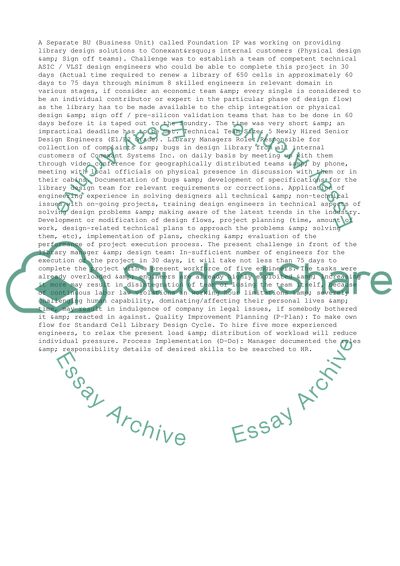Cite this document
(“Application of quality management Essay Example | Topics and Well Written Essays - 2500 words”, n.d.)
Application of quality management Essay Example | Topics and Well Written Essays - 2500 words. Retrieved from https://studentshare.org/business/1503623-application-of-quality-management
Application of quality management Essay Example | Topics and Well Written Essays - 2500 words. Retrieved from https://studentshare.org/business/1503623-application-of-quality-management
(Application of Quality Management Essay Example | Topics and Well Written Essays - 2500 Words)
Application of Quality Management Essay Example | Topics and Well Written Essays - 2500 Words. https://studentshare.org/business/1503623-application-of-quality-management.
Application of Quality Management Essay Example | Topics and Well Written Essays - 2500 Words. https://studentshare.org/business/1503623-application-of-quality-management.
“Application of Quality Management Essay Example | Topics and Well Written Essays - 2500 Words”, n.d. https://studentshare.org/business/1503623-application-of-quality-management.


